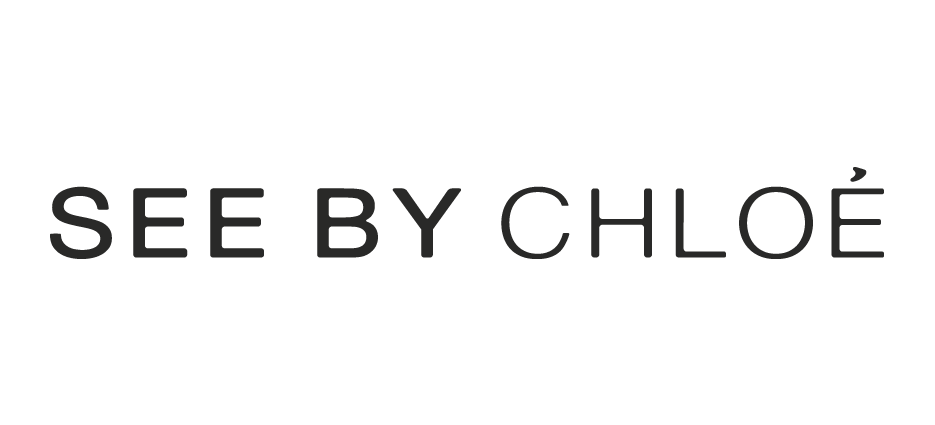Originators; people who produce "one-offs"
Galleries, Museums, Cultural experience, auction houses
Experience creators; intellectually stimulates you
Theatre, Concert/Opera (music), Gallery, Festivals, Online videos "Youtube", Shopping (4D experience)
Content producers; business model around it - more money/revenue & exposure
Film, Fashion, Writing, Music, Games
Innovation and growth; based on creativity, talent, individuality, ideas and innovation
- £71.4 billion to UK economy
- £26 bn fashion related
- £8m per hr
- Growing at rate of 15.6% since 08
- 5.66% of those employed in UK (1.6m jobs)
- Creative industries employment increaded by 8.6% between 2012 & 2012, compared to 0.7% for all UK Economy
- Exports by Creative Industries was £15.5 billion in 2011, 8% f total UK service exports
Fashion statistics
- Output increase, technological changes - huge demand in software/technology
- £26 bn up from £21 bn in 09
- UK fashion industry supports 797,00 jobs
- Decrease of 2.3% from 2009
- Employee’s wage income is estimated to have risen over $46 bn
- An increase of 23% since 2009 – no paid internships increased
Little and Large
- 84% of creative businesses have less than 10 people
- 2% more than 100 people
- 60% of design businesses less than 5 people
Self-employment
- More than half of film, TV, radio and creative, arts and entertainment services and industries are s/e
- Compares to 14% s/e across economy
- 48% portfolio working
- 23% self employed/freelance
- 18% running own business
- 44% want to have own business
We are the traders, communicators and distributors. We can build or destroy a business.











































